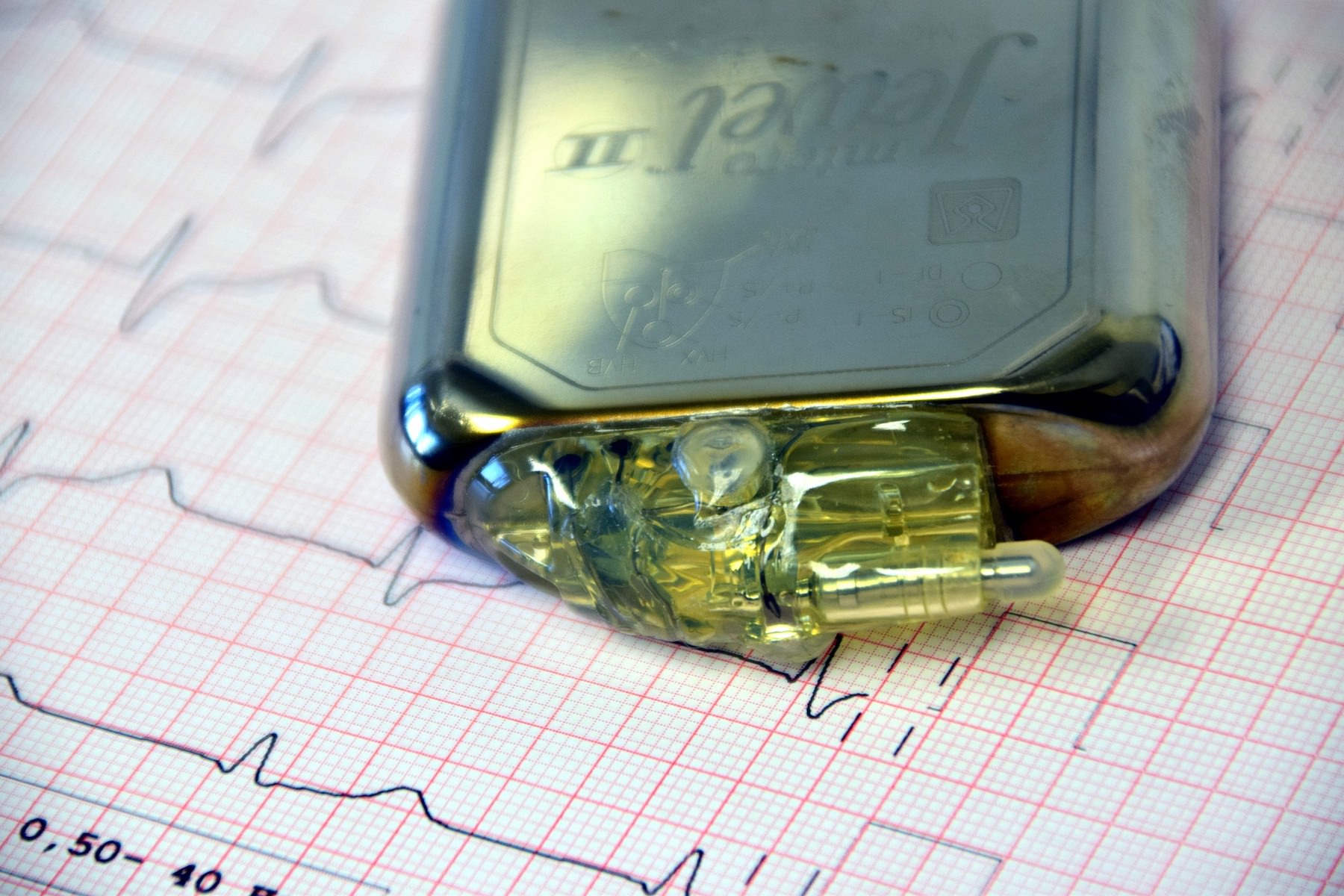It’s a general misconception that a body is simply moved to the retort for cremation after the viewing or after the medical examiner has completed everything for the death certificate. The body must be prepared for cremation, which sometimes involves physically removing some medical devices.
Why Are Some Medical Devices Removed?
Device removal is done first and foremost for safety purposes. Some devices contain batteries and electronics that can explode if they are exposed to high levels of heat. It can lead to three serious problems:
- Potential injury to crematorium workers.
- Damage to the retort.
- High risk of a fire.
There are also environmental concerns. Some medical devices are made of materials and components that can be harmful if they are burned. The toxins and highly flammable gasses that are released into the air can be dangerous to plants, animals and people.
As more people choose cremation and more people get medical devices implanted, the risk has increased. That’s why it’s important for everyone to understand why certain medical devices need to be removed and which ones you need to let the crematorium know about.
What Medical Devices Have to be Removed?
Removing every implant or medical device isn’t necessary. The practice is reserved just for the devices that pose a threat. There are a number of things that can’t be cremated, but they don’t have to be removed upfront. Inert devices, such as implants, don’t pose a threat although they can end up in the remains and will need to be removed.
The following medical devices will need to be removed before a cremation can take place.
Pacemakers
This is the big one since 700,000 pacemakers are implanted worldwide each year. All pacemakers must be moved before cremation because they are known to explode when heated. It’s the batteries inside that pose a threat. They are very energy dense, which means they contain a lot of power. If the battery is exposed to heat all of the energy releases at once in the form of an explosion.
Implantable Cardioverter-Defibrillators (ICDs)
This is another device that is implanted in the heart to stop life-threatening arrhythmias. Like pacemakers, ICDs contain batteries that can explode in the retort if they are incinerated.
Spinal Cord Stimulators
Another electronic device that can be implanted in the body but must be removed for cremation is a spinal cord stimulator. These devices are used to treat pain, but can become painfully dangerous at the crematorium.
Internal Pumps/Ports
It’s rare, but some people have internal pumps or ports that are implanted to deliver medications. This is commonly done when a person is receiving regular chemotherapy treatments. The electronic mechanisms inside that control the pump can explode if heated.
Who Removes the Medical Devices?
Families can rest assured that their loved one’s body will be treated with respect and dignity during the entire preparation process. The removal is performed by the crematorium’s mortician who is preparing the body for cremation.
What Happens to the Removed Devices?
Usually the medical device is discarded following state regulations. It is currently illegal to attempt to reuse medical devices that have been removed prior to cremation.
Have more questions about the cremation process? Contact our crematorium today for a fast response and answers to your cremation questions.



